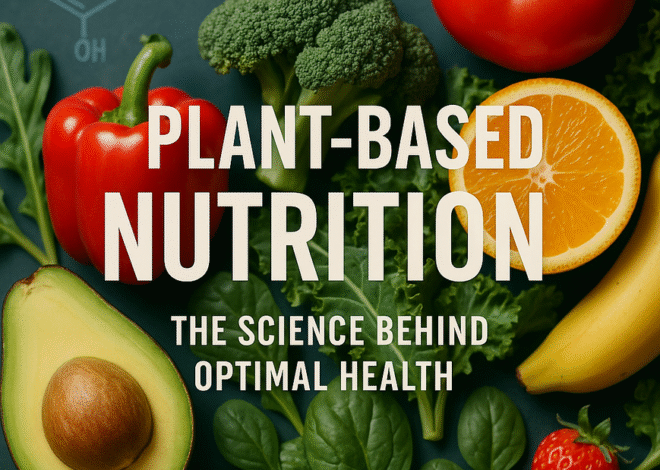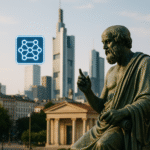
The Philosophy Of Creativity: What It Means To Create
“`html
Understanding Creativity: Beyond the Surface
Creativity is often seen as a mysterious and elusive trait, but it can be understood through various cognitive and psychological frameworks. Research indicates that creativity thrives in individuals who maintain an open mindset, which allows for a more extensive exploration of ideas and solutions. This broader perspective is essential in both individual accomplishments and collaborative efforts, where diverse perspectives can enhance creative potential. For more insights into how creativity influences fields like gaming, check out our article on the rise of GTA RP.
Historical and Philosophical Perspectives on Creation
The history of creativity is rich and intertwined with cultural shifts and philosophical discussions. From Ancient Greece’s emphasis on inspiration from the muses to contemporary viewpoints that focus on the individual’s role in the creative process, historical perspectives reveal how the understanding of creativity has evolved. For example, the Harlem Renaissance showcased how artistic expressions can serve as a powerful means for cultural identity and social change, demonstrating the relationship between creativity and societal movements [JSTOR].
The Creative Process: From Idea to Reality
The creative process typically unfolds in several stages, each involving specific cognitive mechanisms that enable the transformation of ideas into tangible outputs. The primary stages include:
- Preparation: This initial phase involves gathering information and experiences relevant to the creative task. Here, individuals may engage in research, brainstorming, or exploring existing ideas. The cognitive mechanisms at play include divergent thinking and information synthesis.
- Incubation: Following preparation, the ideas often percolate subconsciously. During this stage, individuals may disengage from focused thought, allowing for subconscious processing. Insights can unexpectedly emerge, a phenomenon explained by the “Aha!” moment theory, where connections and solutions crystallize.
- Illumination: This stage represents the breakthrough point where a unique idea surfaces. Cognitive processes such as insight generation and pattern recognition are critical here, as individuals connect seemingly unrelated concepts.
- Verification: The final stage involves refining and evaluating the idea’s practicality and viability. This includes analyzing, testing, and contextualizing the creation. Analytical thinking is predominant in this phase, often requiring critique and iterative adjustments.
Throughout these stages, creativity is influenced by various cognitive mechanisms, such as motivation, emotional state, and environmental factors. Understanding these stages not only optimizes personal creative endeavors but also nurtures innovation within teams and organizations.
Theories and Models of Creativity
Various theories and models have been developed to explain the complexities of creativity. These include divergent and convergent thinking, which highlight distinct cognitive approaches to problem-solving and idea generation. Different models, such as the Four P’s (Person, Process, Product, and Press), elucidate how individual characteristics, creative processes, tangible outcomes, and environmental influences intersect to foster creativity. Familiarity with these models can provide valuable insights for individuals and organizations aiming to enhance their creative capacities.
The Significance and Impact of Creative Acts
The significance of creativity extends deeply into individual growth, cultural dynamics, and innovation. Creativity acts as a catalyst for personal development, enhancing problem-solving abilities and fostering resilience. It encourages individuals to express themselves and explore their identities, leading to greater self-awareness and emotional intelligence. Research has shown that creative activities, such as writing, drawing, or music, can stimulate brain regions associated with emotional regulation and cognitive flexibility, aiding in personal well-being and mental health [Psychology Today].
Culturally, creativity serves as a vital force for societal progression. It influences social norms, inspires movements, and challenges the status quo. Artistic expressions can reflect and shape cultural identities, giving voice to diverse experiences. Moreover, in terms of innovation, creativity fuels economic development and technological advancements. Companies that prioritize creative thinking tend to outperform their competitors by adapting to market changes efficiently and developing groundbreaking products. For instance, creative brainstorming sessions have been linked to higher rates of innovation in tech industries, further underlining the importance of creativity in driving progress [Harvard Business Review].
In summary, creativity not only enhances individual capabilities but also plays a pivotal role in cultural evolution and innovative strategies, demonstrating its far-reaching implications for society.
Sources
- Harvard Business Review – Creativity Is the Most Important Skill in Business
- JSTOR – The Role of Creative Acts in Societal Development
- Psychology Today – The Emotional and Cognitive Benefits of Creativity
“`







